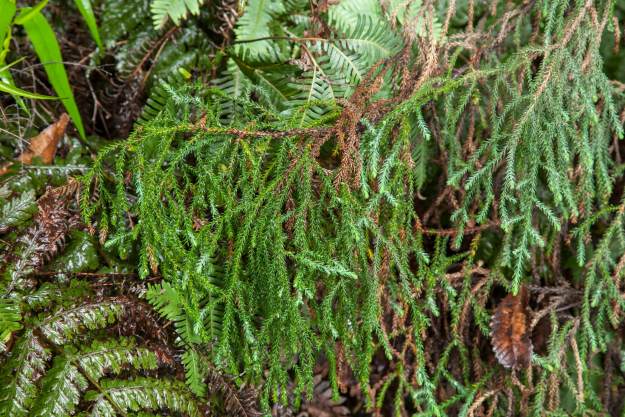A book that you might find interesting in regard to local Blue Mountains Orchids is: Orchids Of The Blue Mountains by Sabine Hanisch and Ben Jasiak

Native Orchids of the Blue Mountains features over 125 species of native orchid that occur within the Blue Mountains Region, with over 500 photographs. This intends to aid in the identification of native orchids, and help document and record what currently exists within one of the most botanically diverse regions on the East Coast of Australia. You can purchase your copy at NPWS Heritage Centre, Blackheath, or by contacting the authors: bluemountainsnativeorchids@gmail.com
The book has also been listed on ebay.
Sabine Hanisch and Ben Jasiak also have a Facebook page that includes some stunning photos of local native Orchids. https://www.facebook.com/BlueMountainsOrchidsbySabineHanischandBenJasiak/?__tn__=%2Cd%2CP-R&eid=ARDKDBPmGMfgd1Sqx5Cqk0jnAxIPthY0273ISPKkpAjLoGDaFrCpzBZpFilYvghc9vpcnj2_dWF_ZilD –
An interesting post on that Facebook page comes from an article from the “Sydney Morning Herald” about Sabine and Ben’s eight year old Daughter Arabella finding a rare Orchid that has not been seen for over 140 years. The full article is via the link below:
Home schooling led eight-year-old to rediscover long lost orchid – “Sydney Morning Herald” (29 April 2020)
In that article there is mention of “Bush Blitz” – an excerpt from the article is below:
The multi-billion-dollar project (“Bush Blitz”) began in 2010 and has uncovered thousands of new species. Before the COVID-19 pandemic, Bush Blitz would join taxonomists, Indigenous communities, park rangers and local councils across the country to explore remote parts of Australia and classify new species.
Since the COVID-19 social distancing regulations came into play the project has had to think creatively to motivate discoveries virtually.
Using the app iNaturalist Bush Blitz is providing every day Australians with the opportunity to have their discoveries analysed and verified by the country’s best taxonomists. After an individual’s discovery is verified by one of the experts on the app the data is categorised in the Atlas of Living Australia as a new species.
Bush Blitz manager Jo Harding said this process will help “solidify the place of citizen science data in research”.
Their aim during COVID-19 is to nurture curiosity through technology “we want to help teachers and parents to motivate children to behave like scientists in the field and discover things in their backyards” she said.
Although aimed at involving all Australians, Ms Harding said children especially will help reveal Australia’s unknown biodiversity.
“Adults have often lost the ability to wonder in awe. The way that children look at the world as if everything is new and worth examining is exactly how discoveries are made,” she said. “We finally have the technology to tap into that lack of expectation and nurture that quality.”
More information on Bush Blitz is available via https://bushblitz.org.au/









